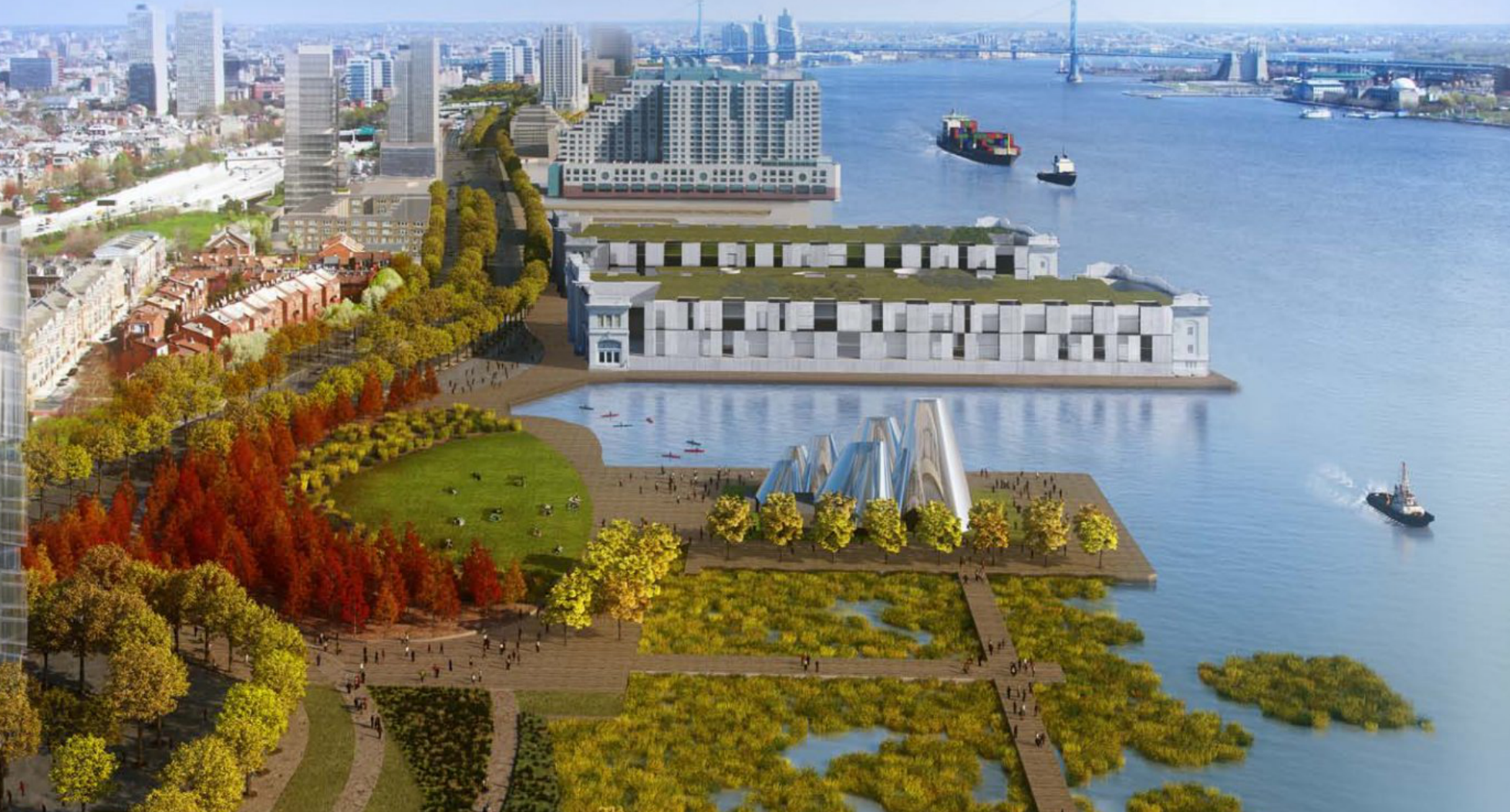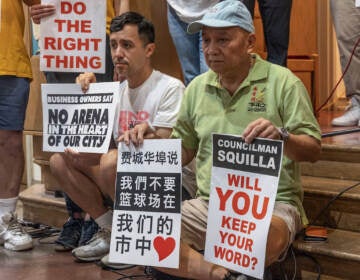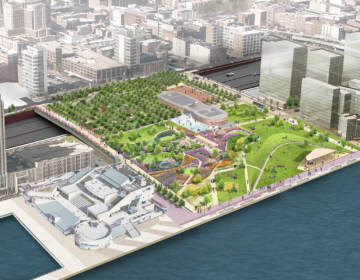Central Delaware Overlay on way to full Council

A zoning bill designed to marry future development along the Central Delaware to the city’s long-range development plan for that riverfront is on its way to city council.
The Central Delaware Zoning Overlay was passed out of the Rules Committee Wednesday, after more than two years of talks among First District Councilman Mark Squilla, city planning, the quasi-city agency that oversaw development of the Central Delaware Master Plan and representatives of waterfront neighborhoods and organizations and developers and landowners.
The overlay would apply to most properties between Oregon and Allegheny avenues, and the pier head of the Delaware River and the east side of I-95. (Parcels zoned Port Industrial or for casinos are exempt.) It would replace an interim overlay.
It would limit building height to 100 feet, but developers could earn the right to build up to 244 feet in exchange for providing certain public amenities, such as constructing a segment of waterfront trail or building to LEED standards.
It would require active uses on ground floor frontages, and that 40 percent of riverfront parcels greater than 5,000 square feet keep 40 percent of the property as open area.
The bill designates Dickinson, Christian, Race, Callowhill, and Spring Garden streets and Washington, Frankford and Columbia avenues as River Access Streets. Better connecting neighborhoods to the riverfront with an extended street grid is a key principal of the master plan.
The Philadelphia City Planning Commission recommended passage, but also an amendment adding Berks and Columbia to the list of river access streets. Read why here. The Delaware River Waterfront Corporation also testified in favor, but Planner/Project Manager Karen Thompson also said Berks should be added because the Central Delaware Master Plan calls for the creation of a Berks Park at Berks and the river.
Craig Schelter of the Development Workshop said the bill should be held in committee. The Workshop suggested significant changes, including revamping the height bonus system. The Development Workshop would also eliminate the areas north of Columbia Avenue and South of Washington Avenue from the overlay unless changes were made to the overlay in those areas. He also said the current proposed overlay was far too ambitious, considering the amount of riverfront land that the city owns and the money the city doesn’t have.
In a later phonecall, Schelter said that the area north of Columbia and the area South of Washington should actually be treated diferently from each other. The north end has vacant land, and there, master plan implementation is possible. But without the amendments the Workshop suggests, the costs of the public benefits required to earn additional height are too high, and development would be discouraged, he said. Schelter said the southern area is commercially active with the big box stores, and the overlay here should be tweaked to allow for the addition of more stores of that variety, since the model works.
Schelter said at the hearing that his organization strongly supports the portion of the overlay where the city owns public land, and called the proposals there very interesting. He submitted that the master plan and overlay unfairly expect the development community to come up with the money for infrastructure expenses, because “the city doesn’t have it.” Without changes, developers won’t go for it, he said, and then the public will be disappointed that the “promises” they have been given won’t be met.
“We acknowledge Councilman Squilla’s continuing effort to reach commno ground. However, the current “compromise,” in our opinion, will not move development forward on teh Delaware Waterfront,” Schelter testified. “The compromise will simply codify an overly ambitious comprehensive plan way beyond the City’s ability to implement.
Matt Ruben, chairman of the Central Delaware Advocacy Group, said the overlay was “measured, reasonable and practical.” Ruben listed off public and private developments that have already occurred or are in the works on the waterfront in recent years as evidence, including the purchase of Pier 70 through a William Penn grant, the on-going developent of a large swath of Delaware Avenue by developer Michael Samschick and Philly Fringe’s redevelopment of an old pumping station into their headquarters. After the hearing he said the overlay enjoys tremendous support, “except by those who are paid to oppose it.” He said the same directly to Schelter in a conversation that got quite heated.
Watch all the testimony here.
Squilla said he’s open to more talks, but not now. He’s not willing to amend the legislation this session with anybody’s proposed amendments.
“I’m not going to say everything is perfect. You see that everybody who spoke is a little upset about something,” Squilla said during the hearing, in response to Schelter. He said future development proposals may indeed show a need for change, and that can be addressed. “We have been meeting for almost two years. We can meet for another two years, and still won’t come up with everybody being happy,” he said. “And I don’t know if you would ever come here and say, ‘You know, this is a great plan and we support this 100 percent.”
After the meeting, Schelter said he was satisfied with the door for more talks being left open.
WHYY is your source for fact-based, in-depth journalism and information. As a nonprofit organization, we rely on financial support from readers like you. Please give today.





